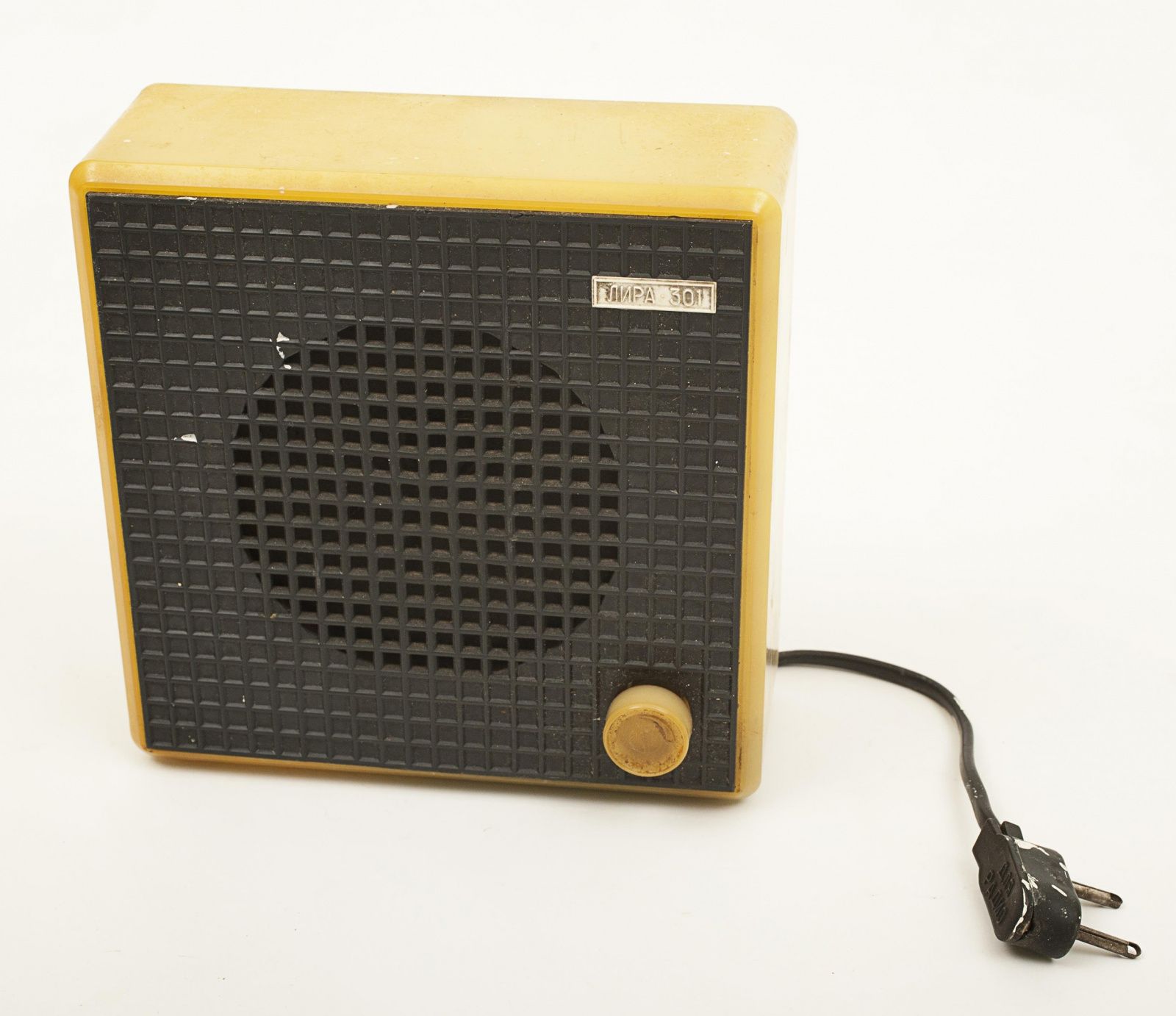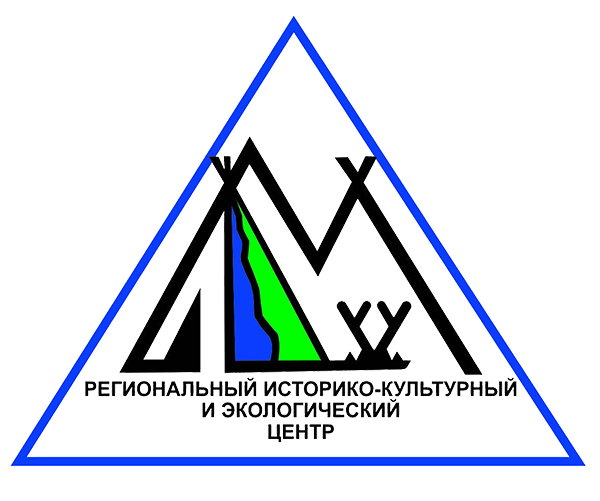Рубрика Предметы и Факты (от 14.04.2022)

Советские абонентские громкоговорители стали во многом отражением эпохи – как и в названиях, так и в своем фактическом предназначении. «Тарелки», «радио» с гордыми названиями «Заря», «Пролетарий», «Рекорды» висели практически в каждом доме 1930-х годов. Они действительно являлись своеобразным «зарождением» новой страницы историей, по ним «пролетарии» с гордостью заявляли о своих «рекордам» тысячам семьям советского союза.
Еще начиная с 20-х годов, радио как средство массовой информации с наибольшей широтой охвата населения стало основным инструментом, формировавшим кругозор, навязывавшим оценки и само мировоззрение гражданам СССР. Долгое время это был единственный источник информации. Массовые радиоприемники стоили не так дорого (7 рублей), что и способствовало их распространенности. По ним советский гражданин мог узнать и о погоде, и об успехах инженерах, и банально о результатах футбольного матча.
Они были также носителями и более грустных новостей: «Черные тарелки репродукторов голосом Левитана в тот день оглушили страну страшным известием. Тяжелое слово «война» поселилось в каждой семье, принеся в привычную жизнь смятение, предчувствие беды, неизбежность разлук и потерь. Только подростки довоенной поры по недомыслию, сбиваясь в стайки, оживленно обсуждали событие, за один день так изменившее взрослых» - так вспоминала на страницах газеты о тех днях Татьяна Батова.
Сегодняшний экземпляр является уже намного более поздней моделью, что, тем не менее, не преуменьшает его значимость. «Лира-301» выпускалась в Ставрополе с 1983 года. Стоила всего 5 рублей, а попала к нам в 2008 году от И.В. Алексеевой.
#Громкоговоритель #СССР
______________________________________________________________________
Soviet loudspeakers were in many ways a reflection of the era, both in their names and their actual purpose. "Plates," "radios" with the proud names "Zarya," "Proletarian," and "Records" hung in almost every house in the 1930s. They really were a kind of "birth" of a new page of history, on them the "Proletarians" proudly announced their " Records" to thousands of families of the Soviet Union.
Beginning as early as the 20s, radio, as the mass medium with the widest coverage of the population, was the main instrument that shaped the outlook and imposed the assessments and the very outlook of the world on the citizens of the USSR. For a long time it was the only source of information. Mass radio receivers did not cost that much (7 rubles), which contributed to their prevalence. Through them, the Soviet citizen could learn about the weather, the successes of engineers, or the results of a trivial soccer game.
They were also the bearers of sadder news: "The black plates of the loudspeakers, in Levitan's voice, deafened the country that day with the dreadful news. The heavy word 'war' settled in every family, bringing confusion, foreboding disaster, the inevitability of separation and loss into familiar life. Only the adolescents of pre-war times unthinkingly gathered in groups to discuss the event, which changed the adults so dramatically in one day," Tatiana Batova recollected on the pages of the newspaper about those days.
Today's copy is already a much later model, which, nevertheless, does not underestimate its importance. "Lira-301" has been produced in Stavropol since 1983. It cost only 5 rubles, and came to us in 2008 from I.V. Alekseeva.
Еще начиная с 20-х годов, радио как средство массовой информации с наибольшей широтой охвата населения стало основным инструментом, формировавшим кругозор, навязывавшим оценки и само мировоззрение гражданам СССР. Долгое время это был единственный источник информации. Массовые радиоприемники стоили не так дорого (7 рублей), что и способствовало их распространенности. По ним советский гражданин мог узнать и о погоде, и об успехах инженерах, и банально о результатах футбольного матча.
Они были также носителями и более грустных новостей: «Черные тарелки репродукторов голосом Левитана в тот день оглушили страну страшным известием. Тяжелое слово «война» поселилось в каждой семье, принеся в привычную жизнь смятение, предчувствие беды, неизбежность разлук и потерь. Только подростки довоенной поры по недомыслию, сбиваясь в стайки, оживленно обсуждали событие, за один день так изменившее взрослых» - так вспоминала на страницах газеты о тех днях Татьяна Батова.
Сегодняшний экземпляр является уже намного более поздней моделью, что, тем не менее, не преуменьшает его значимость. «Лира-301» выпускалась в Ставрополе с 1983 года. Стоила всего 5 рублей, а попала к нам в 2008 году от И.В. Алексеевой.
#Громкоговоритель #СССР
______________________________________________________________________
Soviet loudspeakers were in many ways a reflection of the era, both in their names and their actual purpose. "Plates," "radios" with the proud names "Zarya," "Proletarian," and "Records" hung in almost every house in the 1930s. They really were a kind of "birth" of a new page of history, on them the "Proletarians" proudly announced their " Records" to thousands of families of the Soviet Union.
Beginning as early as the 20s, radio, as the mass medium with the widest coverage of the population, was the main instrument that shaped the outlook and imposed the assessments and the very outlook of the world on the citizens of the USSR. For a long time it was the only source of information. Mass radio receivers did not cost that much (7 rubles), which contributed to their prevalence. Through them, the Soviet citizen could learn about the weather, the successes of engineers, or the results of a trivial soccer game.
They were also the bearers of sadder news: "The black plates of the loudspeakers, in Levitan's voice, deafened the country that day with the dreadful news. The heavy word 'war' settled in every family, bringing confusion, foreboding disaster, the inevitability of separation and loss into familiar life. Only the adolescents of pre-war times unthinkingly gathered in groups to discuss the event, which changed the adults so dramatically in one day," Tatiana Batova recollected on the pages of the newspaper about those days.
Today's copy is already a much later model, which, nevertheless, does not underestimate its importance. "Lira-301" has been produced in Stavropol since 1983. It cost only 5 rubles, and came to us in 2008 from I.V. Alekseeva.
